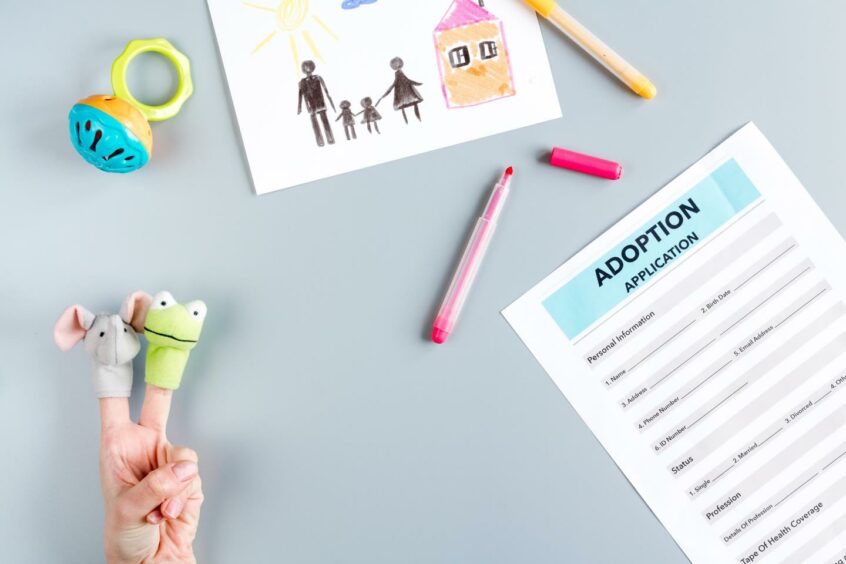An adoption service must do more to help children and young people understand their past, inspectors have said.
The Care Inspectorate raised concern that Moray Adoption Service is not always providing families with a child’s life story.
These stories help adopted children understand their past and where they come from, and research by the UK department of education suggests it helps improve outcomes for them.
Inspectors also found there was “no evidence” that the team was tracking or progressing these life stories.
The short notice inspection was carried out during the pandemic and involved viewing virtual evidence as well as visiting adoptive families and children in their homes.
‘Fragility’ in support offered to families
It gave the service “Weak” or “Adequate” in most areas. Although there were some positives, they have highlighted several areas for improvement.
The report found that although some adoptive families did have high levels of support, there was “fragility” in the support provided as some families had “no awareness” of who the manager of the service was after recent management changes.
Late last year, P&J columnist Eleanor Bradford revealed she had made the tough decision to put her adopted child into foster care due to a lack of support in Moray.
Also during the visit, the inspectors noted adoptive parents demonstrated “individualised and attuned care” which children benefited from.
‘Significant improvements required’
The inspection found that “significant improvements” were required in achieving positive outcomes for children in need of permanent care.
They said they saw “examples of drift” and “delay” in children achieving legal permanence and the identification of appropriate caregiver families to meet children’s needs.
This means that some children “have not experienced the stability and security” of a family and long-term care.
For some time it has been more difficult for local authorities to find adoptive homes for children. In 2019, there were 472 registered adoptions in Scotland, which is less than a quarter of the 1960s number.
The lack of adoption families was labeled a “crisis” by a north-east based charity in 2019.
Safeguarding concerns
Safeguarding practice in the service meant that children were kept safe. But some safeguarding concerns were found as some cases of concern had not been notified to the care inspectorate.
It stated that carers did not always get full information about the child’s needs before they came to live with them and decision-making around the area led to “potentially unsafe situations” for children.
A spokeswoman for Moray Council said: “We accept the findings of the Care Inspectorate’s recently published report on our adoption service.
“We are heartened to read that the Care Inspectorate concluded that young people were having positive experiences and received high levels of support and care.
“We recognise that there are still significant improvements to be made and we have dedicated staff committed to making positive change. Work is already under way to meet the recommendations as set out in the report.
“We will continue, as recognised within the report by adoptive families, to build genuine trusting relationships, and ensure management and leadership support social work colleagues to encourage retention of specialist and valued staff.”


Conversation